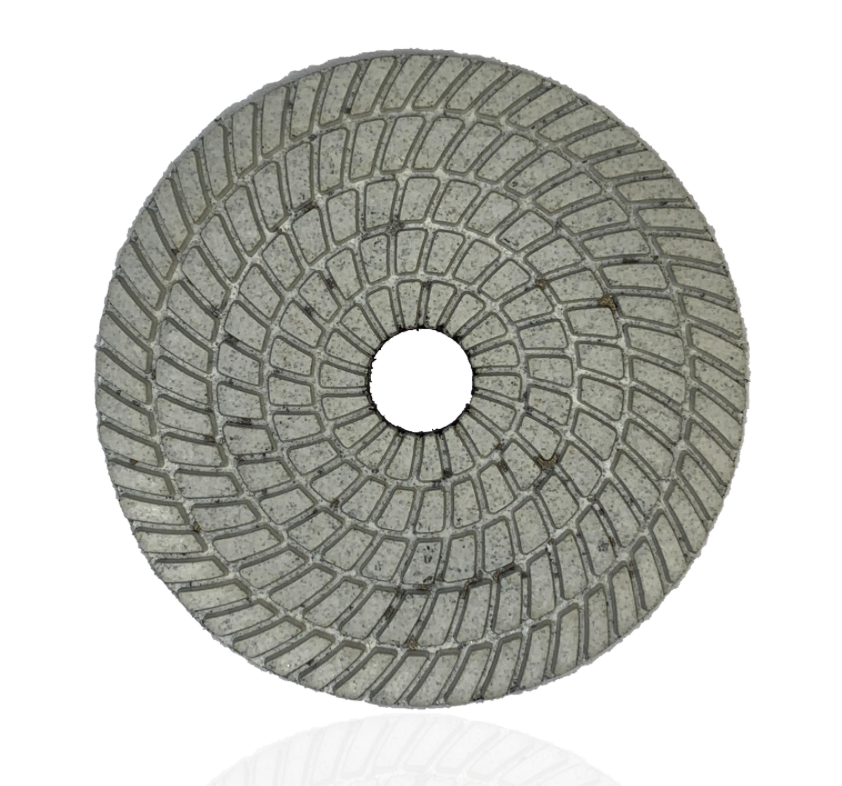Wet verses dry ... which is better? There is no decisive answer, as in most cases, they are both as effective as each other. Wet polishing keeps the stone cool allowing for a better and more consistent shine on multiple surfaces. Wet pads tend to last longer than dry pads. Wet polishing traps dust particles in the slurry that is produced with this method. Wet diamond pads will polish pretty much anything from concrete, marble, stone, engineered bench tops, terrazzo, jade, greenstone, glass, porcelain, quartz, and limestone right up to the hardest granite. Wet polishing pads are often preferred to give an overall better shine and finish, however, the improvement in dry pad design has meant there isn't an awful lot difference at the end of the day. And so, availability or personal preference will most likely be the main factor in choosing your equipment. Wet polishing is often restricted to fabricators workshops due to the amount of slurry it produces, as this can often leave a mess to clean up, with dry polishing being the favourite for on the job polishing. Designed for use on an angle grinder and features a velcro backing for quick and simple pad changes.







